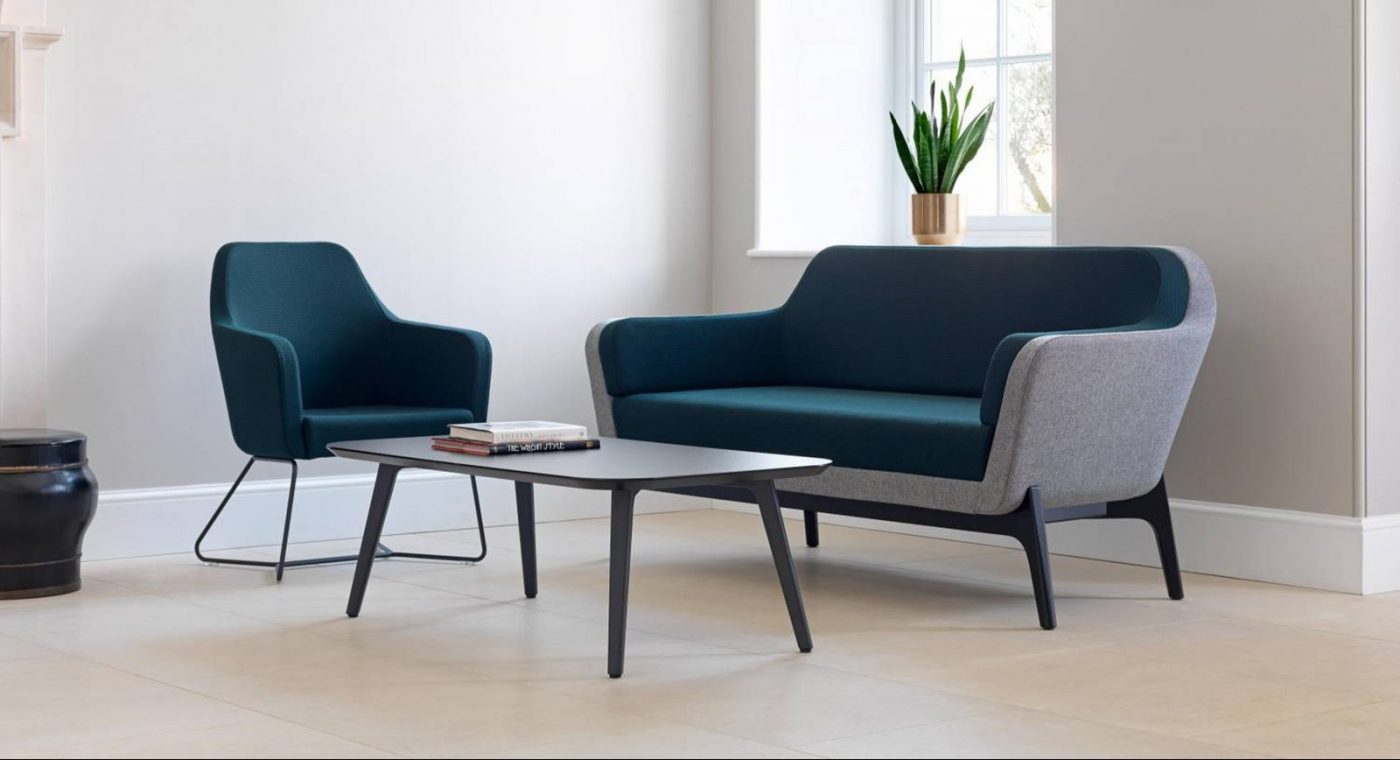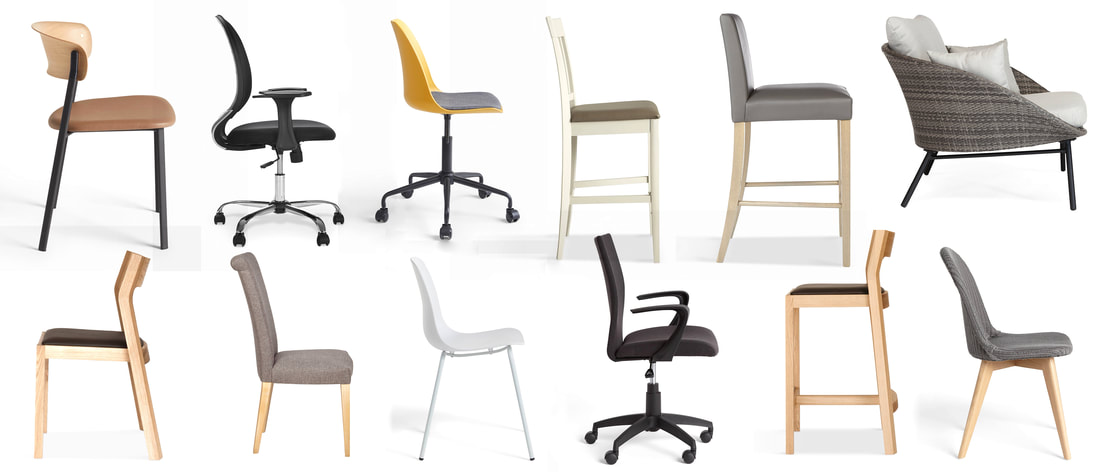Does your chair or sofa give you a bad back?
|
The chairs below are great examples of what you'll find at home, in restaurants and offices. The seat of most chairs tilt backwards. This is a problem for the human body as it encourages the pelvis to rock backwards and forces the whole spine, including the neck, to slump into a C-shape.
The straining position of reversing the normal curves of the human spine force vertebrae to move into a position that the body cannot self-correct. Over time creates a classic slumped posture with a rounded back and forward head carriage and rounded, sloping shoulders that is associated with many body problems. Forcing an upright posture in these chairs can make your muscles ache and make you feel stiff when you get up. |
Why is the seat angle so important for my back?
Match the angle of your sacrum when standing to your sitting angle. This all about the mechanics of your body...
To support and alleviate aching and building fatigue in your back, neck and shoulders whilst sitting you can do two things:
*This can be seen on X-Ray films when comparing a standing film of the spine to a sitting film. The sitting X-Ray will look more twisted and tilted than the standing film.
**Your breakdown side was determined during your second appointment using the 'sit test'. Ask me to demonstrate these sitting tips next time you see me. |






